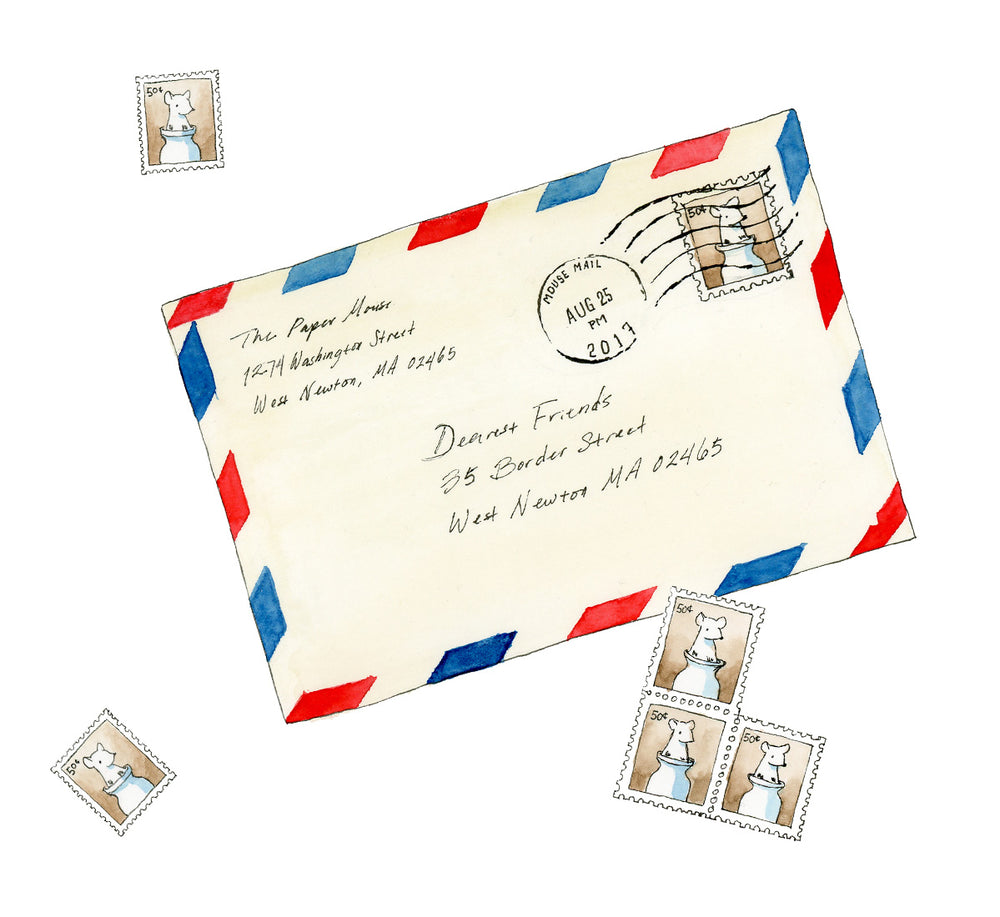Fountain Pen Basics Explained
The fountain pen is a writing tool that’s never gone out of style. While ballpoint pens may be more widespread nowadays, plenty of people still prefer the ultra-smooth feeling of fountain pens and the choice of ink colors they allow.
If you’re new to the world of fountain pens, however, they can seem a little mystifying at first. Read on for an overview of the basic parts of the pen to help you get started.
The Nib
The nib is the tip of the fountain pen, a thin, curved piece of metal with a point at the end. A plastic component called the feed sits under the nib and draws ink from inside the pen, feeding it to the nib. Both the nib and the feed have a slit down the middle to allow ink to flow using capillary action. Fountain pens use water-based inks that flow smoothly through the feed mechanism and the nib with hardly any pressure. The weight of the pen is enough to get the ink flowing—and too much pressure can damage the delicate nib.
Fountain pen nibs range in size from extra-fine to broad. The broader the tip of the nib, the wider the line will be, and the smoother the pen will feel. There are also stub nibs and flex nibs that produce line variation for different calligraphic effects.
Nibs are usually made of steel or gold and tipped with an alloy of harder metals that writes very smoothly. High quality nibs can be found in either material, but some people prefer the slightly greater springiness of a gold nib.

The Reservoir
Fountain pens have a reservoir inside for holding ink. The reservoir may be disposable, reusable, or even built into the pen. Many pens use cartridges, small plastic tubes prefilled with ink that slot into the pen. Cartridges are the most convenient type of ink refill. They’re small and lightweight, quick to install, disposable, and rarely messy. They even come in different colors.
If you want to use a full range of colors and ink choices, though, you’ll enter the world of bottled inks. For that you’ll use a converter, which is essentially a cartridge that you fill yourself. Converters use suction to draw the ink up through the nib and into the pen. This process can be a little messy, but many people enjoy the ritual of filling their pen.
Note that some pen companies use proprietary sizes of cartridges and converters, so make sure to get one that’s compatible with your pen. Other companies use a standard international size that makes it easy to use a wide variety of cartridges and converters.
Some pens do not use cartridges or converters at all, but instead have built-in reservoirs. Like converters, these use suction to draw ink into the pen and can only be used with bottled ink.

The Body
The nib section and the reservoir of the pen form the mechanism that allows it to write. The rest of the fountain pen is just like any other pen! Nowadays, fountain pens come in a plethora of colors, sizes, materials, and designs to suit your aesthetic preferences.
One thing to note is that most fountain pens have a cap to help prevent the ink from drying out (although there are a few retractable designs out there these days!). Oftentimes the cap of the pen can be “posted” or placed on the end of the pen while you write, which will affect the length and balance of the pen.

Now you know your way around a fountain pen! Check out our post on cleaning your pen to learn how to keep it writing smoothly.



Leave a comment